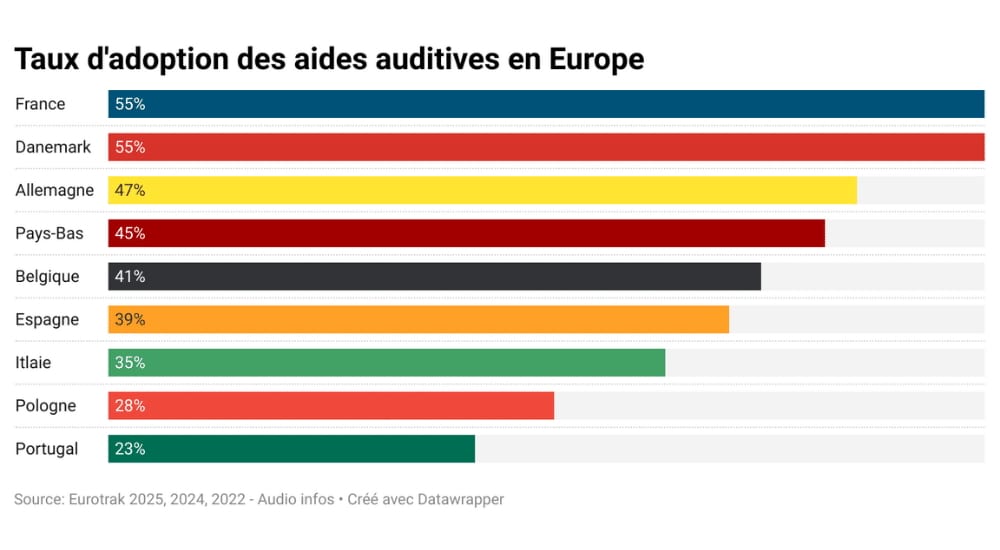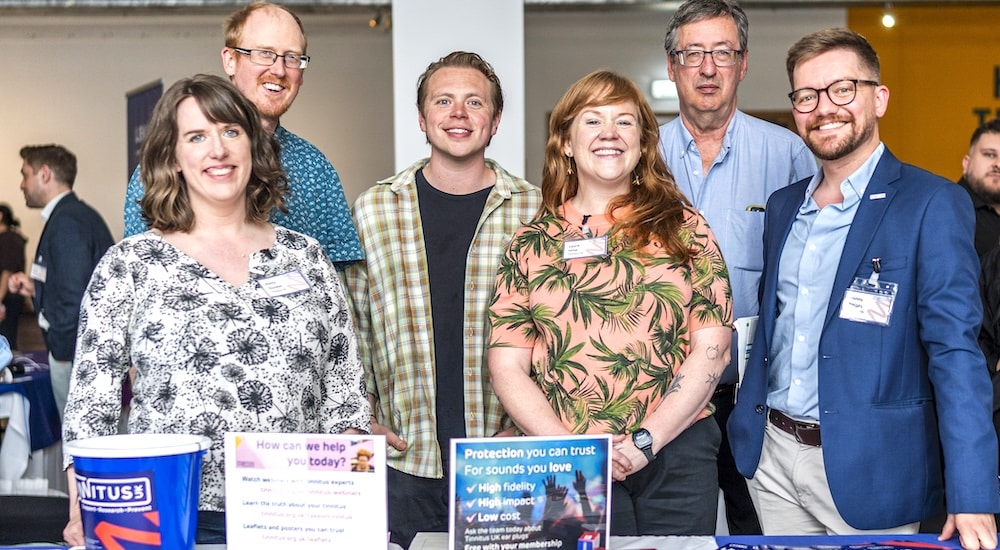Adding secondary results to newborn genetic sequencing
Genomics
GenomeWeb recently reported on an Australian Newborn whole-exome sequencing (WES) project that combines hearing loss diagnosis with optional secondary results.
The project is exploring the clinical implementation of genomics by offering whole-exome sequencing as a diagnostic test to families with newborns affected by hearing loss, and at the same time allowing parents to choose to receive results for secondary findings that could affect their child’s future health.
The article cites David Armor, a researcher at the Murdoch Children’s Research Institute in Melbourne, Australia who said that the project was one of several by the Melbourne Genomics Health Alliance to help guide the implementation of genomics into the healthcare system.
In the study, whole-exome sequencing was offered to all families in Victoria state who had a child born with moderate or severe bilateral hearing loss in 2016 or 2017, identified by the state’s hearing screening program. In terms of secondary findings, parents were given the option to obtain results for either a list of 145 genes involved in childhood-onset conditions that have a known treatment, or for a list of 222 genes that included childhood-onset conditions that do not have a treatment.
In all, 153 families were contacted and of these, 106 consented to join the study. The overall diagnosis rate for hearing loss was about 60%. Specifically, 21% of patients had a mutation in the GJB2 connexin 26 gene, 19% in other non-syndromic hearing loss genes, and 20% in genes related to syndromic deafness. The results of the project were presented at the American Society of Human Genetics annual meeting held in San Diego, California according to the article.
Source: GenomeWeb


